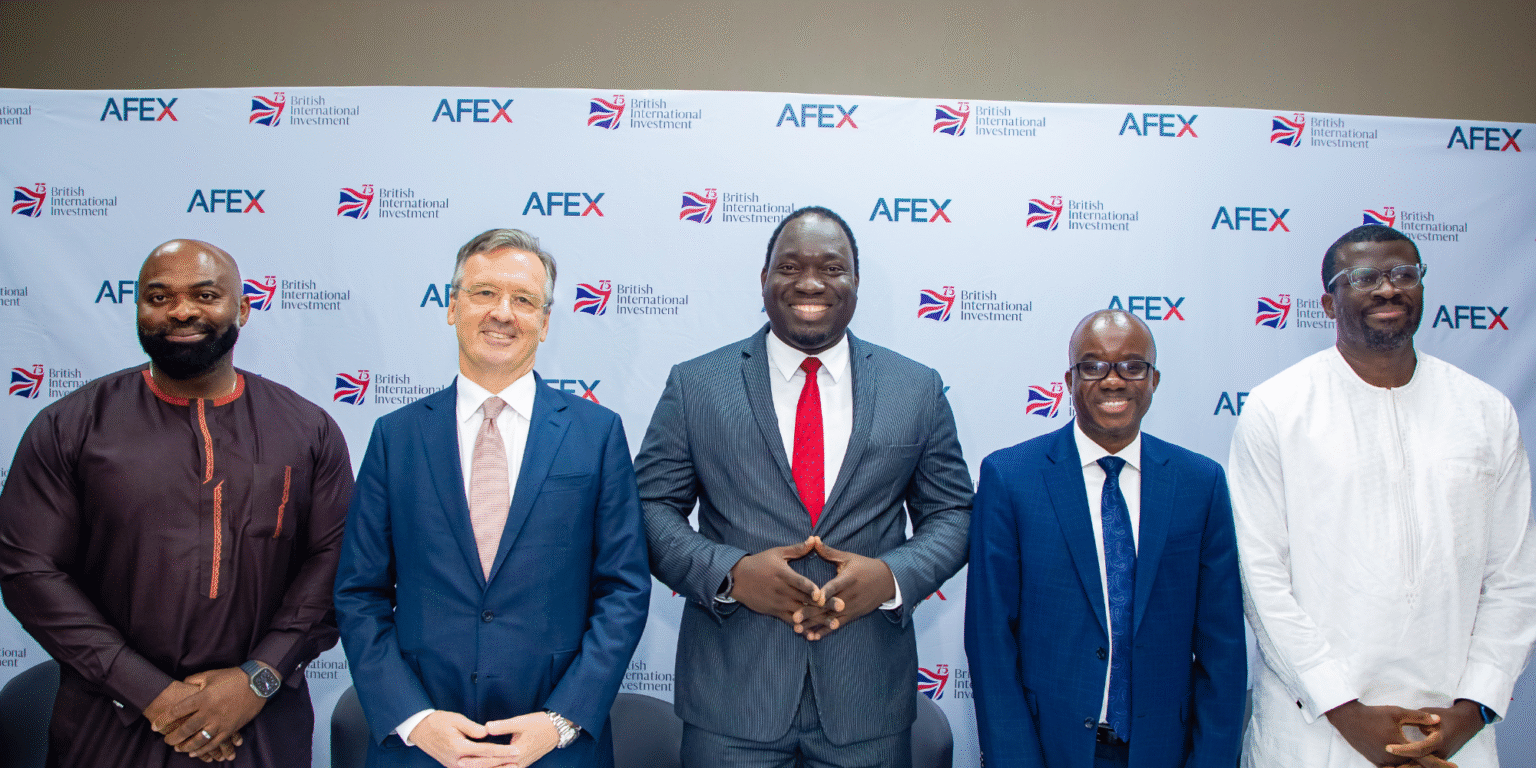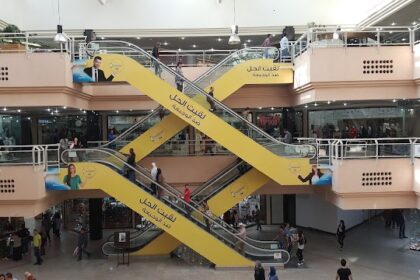At a Glance
- Babban Gona connects 80,000 farmers to boost maize yields across northern Nigeria.
- The platform blends finance, technology, and data to improve smallholder farm productivity.
- Backed by global investors, Babban Gona strengthens food security and rural livelihoods.
Across northern Nigeria, a farming revolution led by Babban Gona, one of Africa’s largest smallholder maize networks, is changing rural livelihoods.
Meaning “Great Farm” in Hausa, Babban Gona has united more than 80,000 Nigerian farmers across thousands of hectares into a coordinated system that boosts yields, income, and food security.
Built around technology, finance, and community trust, it’s reshaping how small farms thrive in a region long defined by subsistence agriculture.

Built around smallholders
The idea came from Kola Masha, a Nigerian entrepreneur who founded Babban Gona in the early 2010s. He wanted to fix what had kept rural farmers from moving ahead, low yields, high costs, and the lack of credit or reliable markets.
Instead of buying up land, his team built a franchise-style setup. Local leaders, known as “trustees,” organize small groups, handle supplies, and make sure farmers get seeds, fertilizer, and equipment on time. In return, farmers sell their maize through the network.
It’s a way to make tiny farms productive again, and to keep young people in agriculture instead of drifting to the cities.
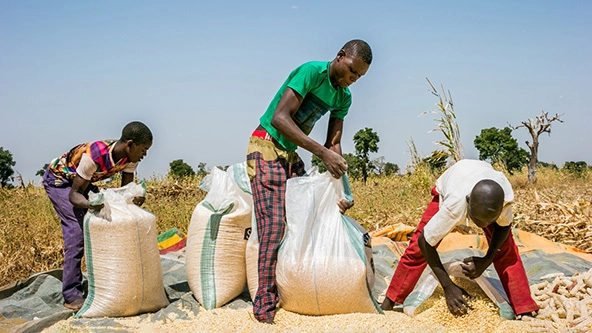
Blending finance and technology
The group helps farmers get loans, mechanized tools, and training in better planting methods. It also runs on data.
Mobile apps, GPS tools, and farm tracking software show how each plot performs, how credit is used, and what buyers can expect from the next harvest.
This digital system ties everything together, letting buyers trust the quality and timing of supply, something most smallholder setups struggle to guarantee.
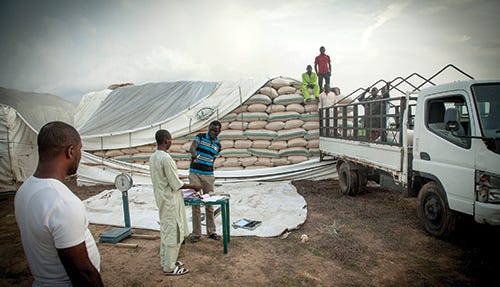
Scale and community impact
By the early 2020s, Babban Gona’s reach had passed 100,000 acres. Studies show its farmers earn much more than the regional average, both from higher yields and better market prices.
The ripple effect goes beyond the maize fields: jobs in transport, storage, and equipment repair have sprung up around the network, turning farming into a reliable livelihood instead of a survival strategy.
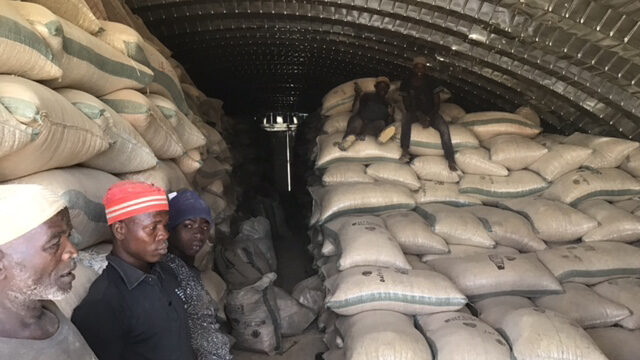
Backed by investors and development finance
Keeping this machinery moving takes capital. Over the years, Babban Gona has drawn support from several development financiers and impact investors, including groups linked to IFAD and other regional funds.
In 2025, it secured a $7.5 million facility from British International Investment (BII) to boost its input financing and strengthen resilience against climate shocks.
A mix of concessional and private capital keeps the enterprise steady through tough seasons and price swings.

Risks that remain
Security challenges in the North continue to raise costs and slow down field operations. Unpredictable weather and changing rainfall patterns make planning harder, while market price swings eat into profits.
For backers, clear and open reporting on how many farmers are active — and how much land is in use — remains essential.
A working model for Africa’s small farms
If Babban Gona keeps its focus on financial discipline and climate-smart methods, it could redefine smallholder agriculture in Africa.
It proves that thousands of small farms, if connected by trust, data, and strong organization, can produce at the same scale as big plantations.
The goal to reach hundreds of thousands more farmers, maybe even a million, could make Babban Gona one of the most transformative farming projects the continent has seen, built not on size, but on shared strength.

